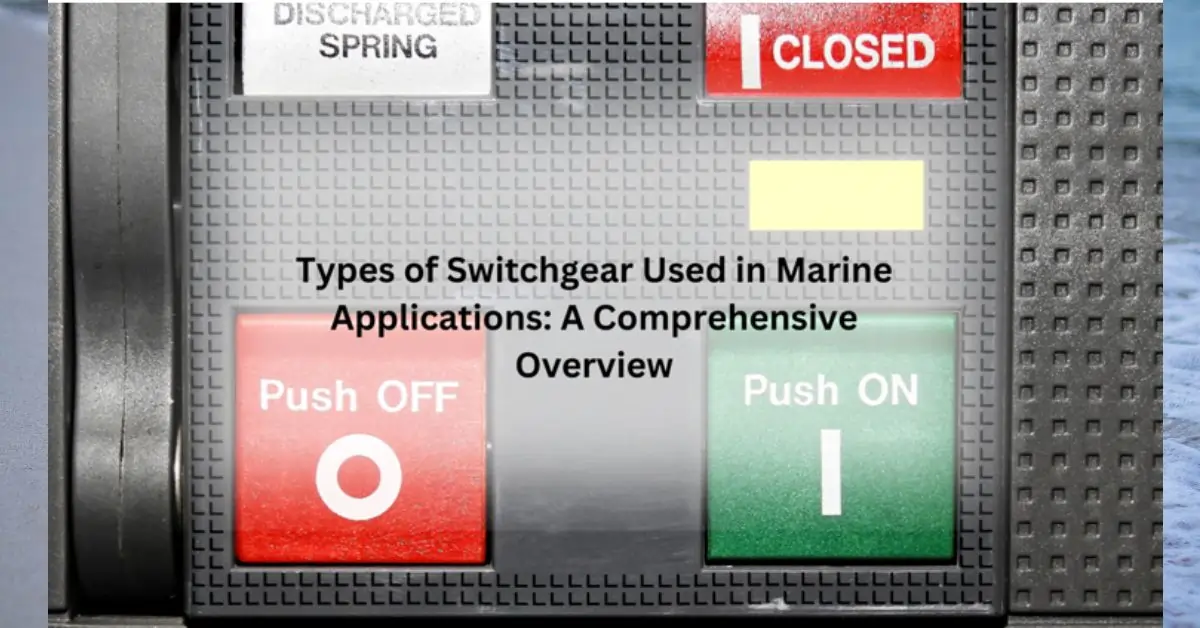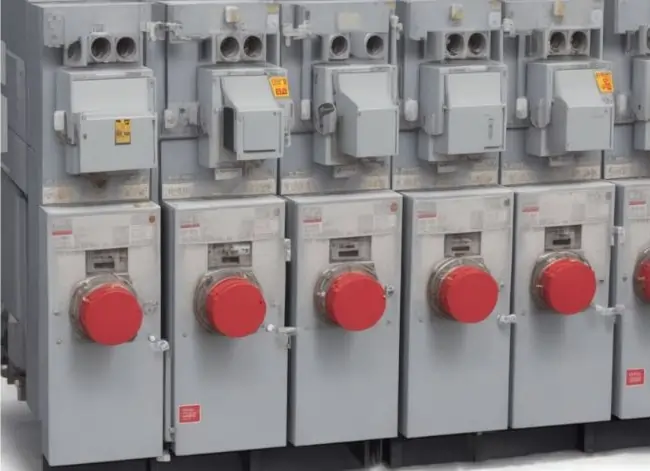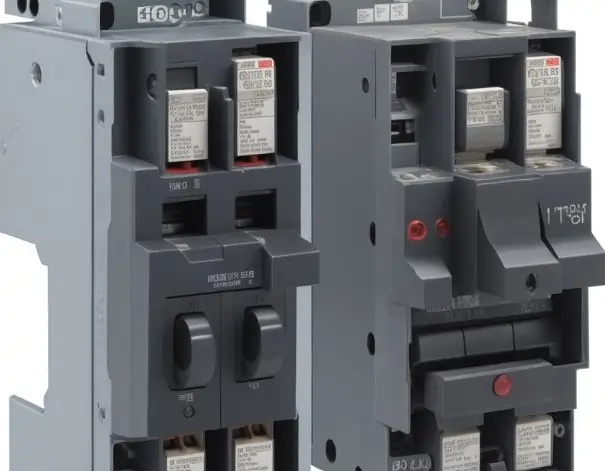Types of Switchgear Used in Marine Applications
Introduction
Switchgear is a critical part of any electrical framework, especially in marine applications where safety and reliability are paramount. These frameworks are liable for controlling, protecting, and isolating electrical gear and circuits. In the challenging climate of a boat or offshore platform, the decision of switchgear is crucial. This article gives a comprehensive overview of the types of switchgear used in marine applications, with a particular spotlight on the importance of clamp meters for their maintenance and operation.
1. Air Circuit Breakers (ACBs)
Air Circuit Breakers (ACBs) are a popular choice for marine environments, favored for their power to handle and interrupt high current flows effectively. They operate by using compressed air to put out the electrical arc that occurs during the interruption of the current. On ships, you’ll find these ACBs as a protective measure for the primary electrical distribution systems, which are crucial to the ship’s operation.
To keep an eye on these ACBs, clamp meters have become an indispensable tool. They help technicians monitor the current flowing through the breakers. This monitoring is essential—it ensures that the ACBs respond correctly under various electrical loads. Regular check-ups using these meters allow breakers to get the necessary maintenance to stay in good working order.
With the help of clamp meters, one can detect any irregularities or signs of wear and address them promptly. This proactive approach to maintenance helps prevent sudden electrical failures that could compromise the safety and functionality of the ship’s systems. In essence, ACBs, together with the vigilant use of clamp meters, provide a reliable safeguard against electrical issues, ensuring the vessel’s continuous and safe operation at sea.
Clamp meters are essential devices for monitoring the ongoing passing through these breakers, ensuring they capability accurately and facilitating regular maintenance.
2. Molded Case Circuit Breakers (MCCB)
Molded Case Circuit Breakers (MCCBs) serve as the frontline defense for electrical circuits, particularly in the demanding marine environment. These breakers, known for their compact size and high efficiency, are crucial in managing electrical flow in low to medium-voltage scenarios. You’ll commonly find them expertly integrated within the electrical panels and distribution boards scattered throughout a ship’s complex electrical system.
What makes MCCBs stand out is their ability to safeguard the intricate network of a vessel’s circuitry. By employing clamp meters, technicians can actively monitor the MCCBs to ensure they are operating within their designated current ratings. This vigilant oversight is essential, confirming that the MCCBs will activate — or “trip” — precisely when needed. The purpose of this tripping mechanism is twofold: it prevents the peril of an electrical overload, and, in doing so, it acts as a guardian for the valuable and sensitive hardware connected to the ship’s power grid.
Moreover, the precise calibration of MCCBs allows them to respond swiftly and accurately to any irregular surge in electrical current. These breakers act fast to stop problems that could mess up a ship’s electrical system. This quick response helps make sure that electrical issues keep the ship from working right. They also quickly cut off electricity if there’s too much or something goes wrong, which helps keep the crew and the ship safe from electrical dangers.
Read more….
3. Miniature Circuit Breakers (MCBs)
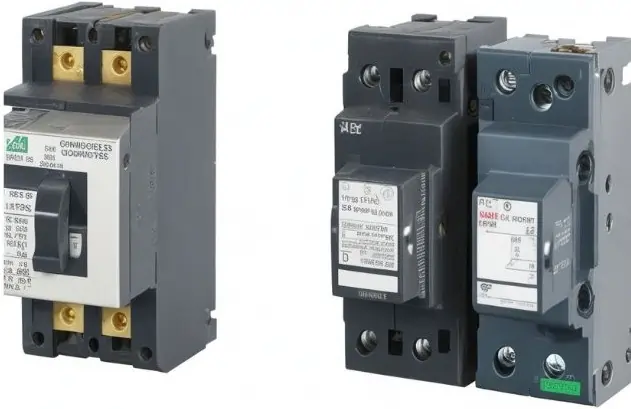
Miniature Circuit Breakers, or MCBs, are the unsung heroes in the branch circuits of a ship’s electrical framework. Their job is to shield smaller gadgets and individual circuits from the dangers of overcurrents and short circuits. These compact devices are vital for preventing electrical mishaps that could damage sensitive equipment.
In the tight quarters of a marine vessel, where every square inch matters, MCBs guard the electrical flow, ensuring that each circuit only carries a safe amount of electricity. When a circuit tries to draw too much power, perhaps due to a fault or an overload, the MCB steps in. It quickly cuts the power, stopping potential harm to the circuit and the appliance it serves.
Technicians routinely use clamp meters to check on these MCBs. This tool helps them spot any unusual activity or potential problems in the electrical circuits. By catching issues early, they ensure the ship maintains a steady and safe electrical supply. Regular checks with clamp meters are a crucial part of ship maintenance, helping to keep the electrical system running smoothly and avoiding disruptions that could affect the vessel’s performance or safety.
Read more…….
4. Residual Current Gadgets (RCDs)
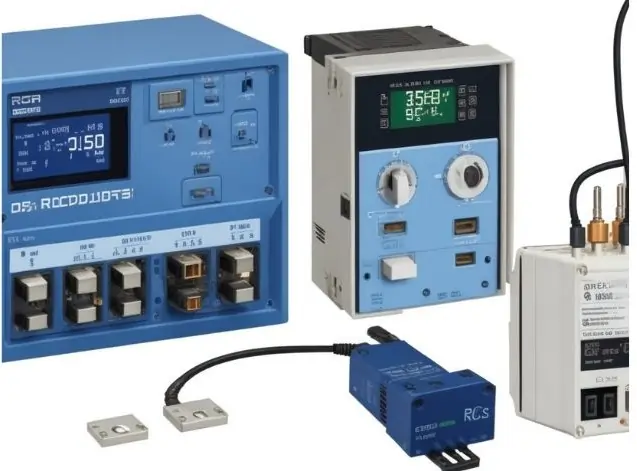
Residual Current Devices (RCDs), also widely recognized as Ground Fault Circuit Interrupters (GFCIs), protect crew members aboard ships from electrical hazards. These devices are specially designed to spot any imbalance in current flow that may occur due to ground faults. If they detect such an imbalance, they act fast to cut off the power supply, effectively preventing electric shocks that could lead to severe injuries or even fatalities.
RCDs are a critical line of defense in a ship’s electrical safety system. They constantly monitor the electrical current passing through a circuit to the ground. When a leak is detected, indicating a potential for electric shock or fire risk, the RCD shuts down the power to that circuit.
To ensure these safety devices are in top working condition, technicians use clamp meters as a diagnostic tool. These meters are adept at measuring and verifying the leakage current levels in RCDs, confirming that they’re within the safe operational thresholds. Regular checks with clamp meters help in maintaining the health of the RCDs, ensuring they will operate effectively when needed. This vigilance is a part of routine safety procedures on ships, keeping the electrical systems safe and reliable for the crew’s everyday use.
5. Isolators and Disconnectors
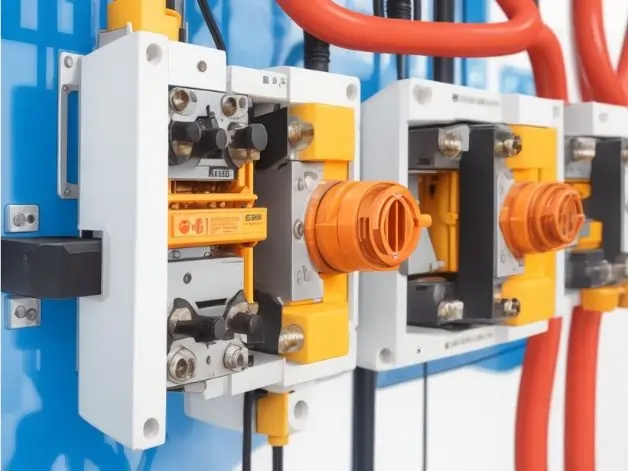
Isolators and Disconnectors are critical tools in the marine industry, providing a safe way to separate electrical circuits or equipment from the power source physically. They ensure the crew’s safety, especially during maintenance or repair tasks. These devices are vital in creating a safe environment by securing a clear break in the power flow, allowing technicians to work without the risk of electrical injury.
When a ship is docked, or needs repairs, isolators and disconnectors are the first line of defense. They ensure that, as maintenance begins, no electrical current can reach the equipment. This simple yet effective step is fundamental in any safety protocol on board a ship.
Technicians rely on clamp meters to confirm that no current flows in a circuit before they start their work. These meters quickly and efficiently measure the current and affirm that the isolators and disconnectors have done their job in cutting off the power. This verification step is not just a good practice; it’s a critical one. It prevents the dire consequences that live electrical work can bring about. Clamp meters, thus, are not just a maintenance tool but an essential part of a marine electrician’s safety kit.
6. Switchboards
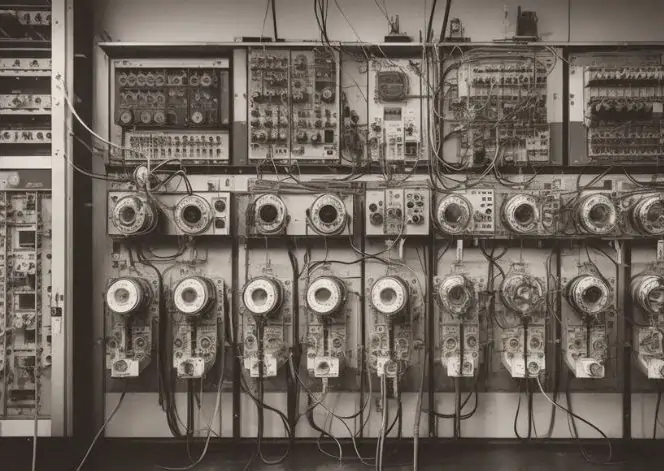
Switchboards are crucial on a boat, directing electricity to various systems and equipment. They are the command center for all electrical distribution, playing a pivotal role in the smooth operation of the vessel. Each switchboard panel is carefully designed to handle the allocation of power, ensuring that every part of the boat receives the necessary energy to function, from navigation systems to the galley appliances.
For the boat to run efficiently and safely, these switchboards require regular check-ups. This is where clamp meters become invaluable. These handy tools can quickly measure the current without direct contact with the conductor, providing a safe and efficient means to ensure that the electrical flow is within the desired parameters. With their help, technicians can detect any unusual patterns in the current flow early on.
This proactive approach to maintenance means that issues can be addressed before they escalate into significant problems, avoiding potential equipment failures or dangerous situations. Keeping a regular schedule for inspecting switchboards with clamp meters is not just about maintenance; it’s about ensuring the safety of the crew and the reliability of the boat’s electrical systems. With diligent oversight, the vessel can continue its course, powered safely and effectively.
7. Circuit Security Devices
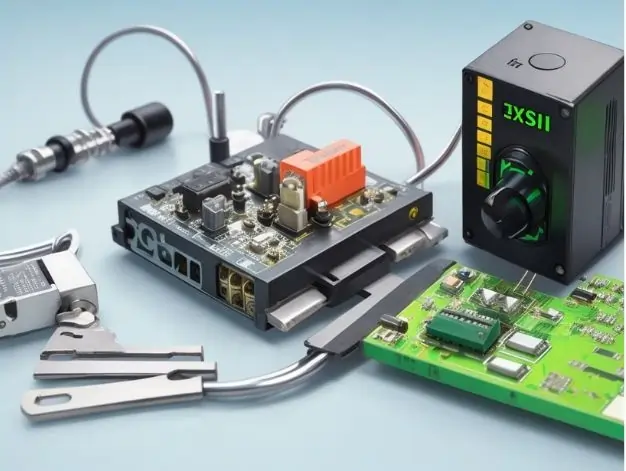
Devices that protect circuits, such as fuses and circuit breakers, are essential for keeping marine electrical systems safe. Fuses are easy but powerful tools that stop too much electricity from causing damage. They are made to cut off the electricity when too much current passes through, which keeps other parts safe and prevents dangerous situations.
In the marine environment, where equipment must endure vibrations, moisture, and salt corrosion, the reliability of these protective devices is crucial. This is why regular checks with a clamp meter are necessary. A clamp meter allows engineers to measure the current flowing through the system without interrupting the circuit. This non-invasive method ensures fuses are still in good working condition and respond correctly under fault conditions.
Periodic monitoring with clamp meters helps to confirm that the fuses will blow at the right current, safeguarding the circuits and associated equipment from damage. By catching any discrepancies early, marine engineers can replace fuses before they fail, ensuring that the electrical system remains robust and reliable. Such preventive measures are indispensable for the safe and efficient operation of ships, helping to avoid costly downtime and repairs.
8. Relay Panels

Relay panels are crucial in a boat’s electrical system. They manage various electrical functions, allowing for remote control over circuits that operate lights, pumps, and alarm systems. These panels need to be in top working condition to ensure the smooth operation of the boat’s critical features.
Clamp meters are indispensable tools for checking these panels. They give a clear picture of the current and voltage in each circuit. This information is critical to confirming that the relays are working correctly. It’s like having a health checkup for your boat’s electrical system.
Regular monitoring with a clamp meter can catch issues before they become problems. For instance, if a relay is not functioning correctly, it could mean lights failing to turn on or pumps not starting, leading to more significant issues or even safety hazards.
In essence, relay panels act as the electrical command center on a boat. Keeping them in check with clamp meters ensures that every electrical aspect is ready to perform when needed. This vigilance keeps operations smooth and prevents electrical mishaps, contributing to the overall safety and efficiency of maritime activities.
9. Crisis Closure Systems
Emergency shutdown systems are vital for marine safety and are designed to isolate critical operations during a hazard quickly. These systems rely heavily on dependable switchgear to respond effectively in crucial times. Routine checks with clamp meters are essential to ensure these systems remain in a state of constant readiness.
Clamp meters provide a straightforward way to verify that the switchgear functions correctly. By measuring the current flowing through the system, technicians can detect any irregularities that may impede performance. It’s like a test run for the emergency systems—ensuring everything works perfectly to spring into action without a hitch when an accurate emergency strikes.
Having these emergency shutdown systems in perfect working order is non-negotiable. They are the unsung heroes aboard ships, silently standing guard to protect the vessel and its crew. Their readiness can mean the difference between a close call and a catastrophe.
Regular clamp meter inspections are a small but critical task in the larger scheme of marine safety protocols. They help maintain the emergency systems’ reliability, ensuring that when the moment comes, the systems will perform their crucial role, safeguarding lives and the vessel itself.
10. Voltage Transformers (VTs) and Current Transformers (CTs)
Voltage transformers and flow transformers are essential parts in the measurement and assurance of electrical frameworks on ships. Clamp meters can be used to validate the accuracy of these transformers, ensuring that they give reliable measurements to the boat’s electrical frameworks.
In summary, the types of switchgear used in marine applications are assorted and serve critical capabilities to maintain electrical safety and reliability on ships and offshore platforms. The legitimate operation of these switchgear parts is essential to avoid electrical failures that could jeopardize the safety of the team and the operation of the vessel.
To guarantee the proper operation of these switchgear gadgets, clamp meters play a pivotal job. Clamp meters are versatile instruments that allow for the measurement of current without detaching wires, making them ideal for use in close and challenging marine conditions. They are invaluable for routine maintenance, troubleshooting, and ensuring electrical gear operates within safe parameters.
In addition, clamp meters are also essential devices for verifying the integrity of wiring, detecting electrical imbalances, and ensuring that electrical gear and circuits are performing optimally. Whether it’s checking the ongoing stream in an electrical switch, monitoring the leakage flow in an RCD, or validating the accuracy of transformers, clamp meters give accurate and reliable measurements.
Read More
FAQ on Types of Switchgear Used in Marine Applications
Q- What types of switchgear are commonly used in marine applications?
A- Common types include low-voltage, medium-voltage, and arc-resistant switchgear
Q- Can marine switchgear resist harsh sea conditions?
A- Yes, marine switchgear is designed to withstand corrosive marine environments.
Q- Do marine switchgears comply with international safety standards?
A- Marine switchgears are built to meet rigorous global maritime safety standards.
Q- Is there specialized switchgear for marine renewable energy?
A- Yes, there’s switchgear specifically designed for marine renewable energy systems.
Conclusion
In conclusion, the utilization of switchgear in marine applications is vital for ensuring electrical safety and reliability. The wide variety of switchgear types and their critical jobs in marine electrical frameworks make them a fundamental part of boat and offshore platform operations. With the aid of clamp meters, transport staff can successfully screen, maintain, and investigate these switchgear parts, contributing to the safety and productivity of marine electrical frameworks.
